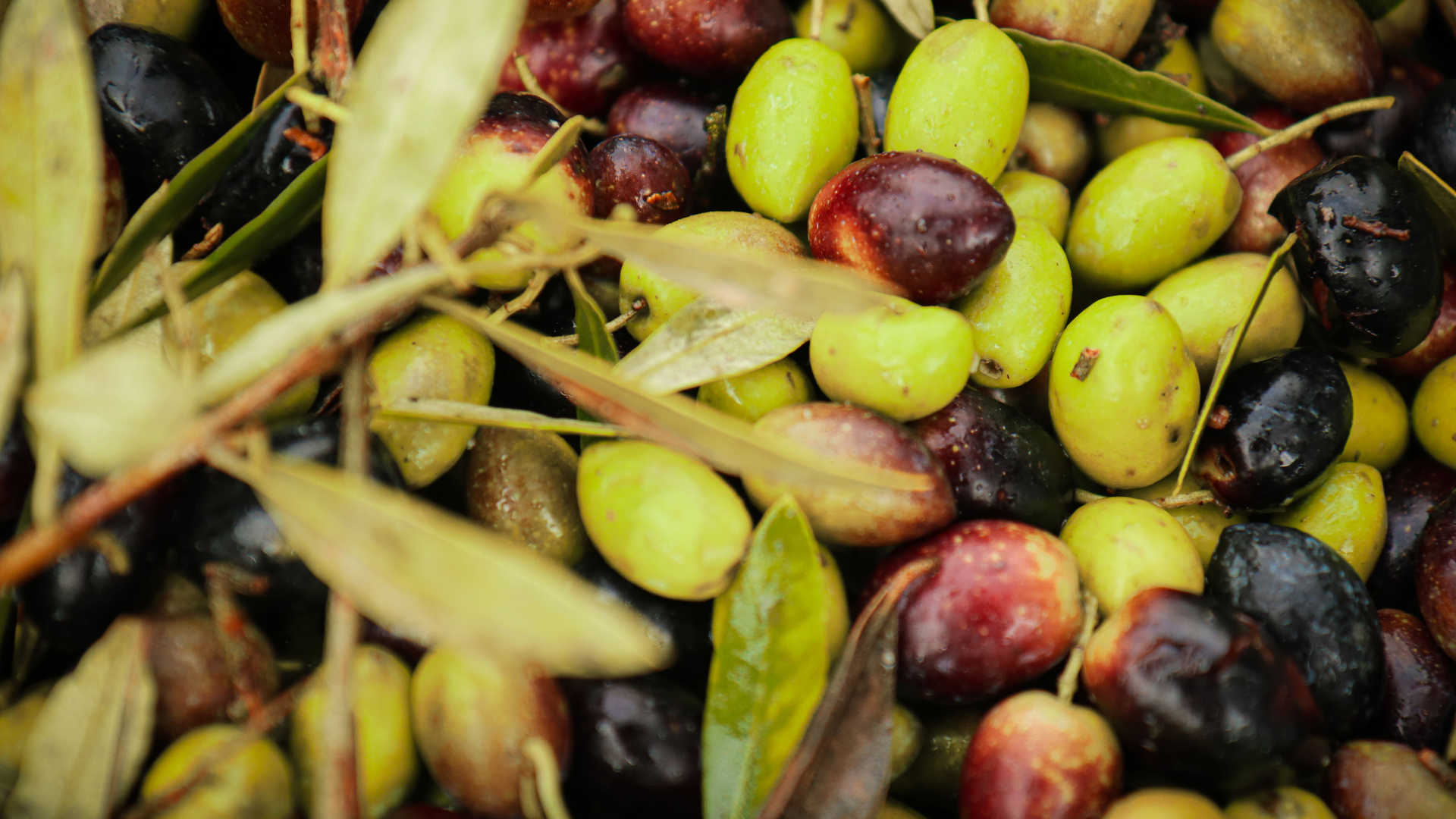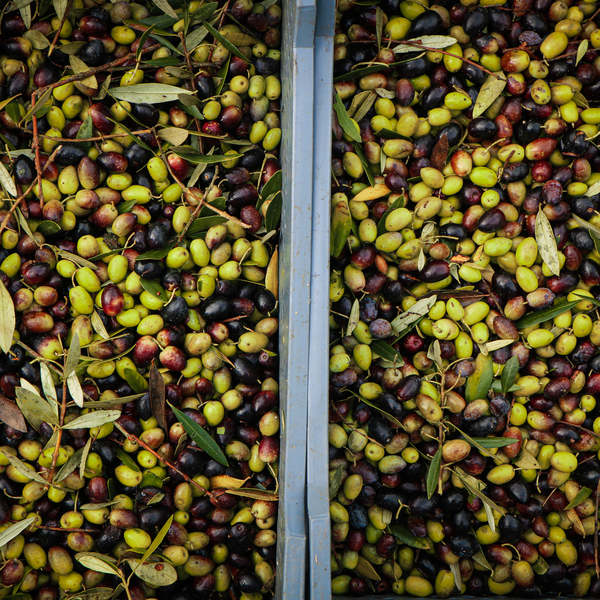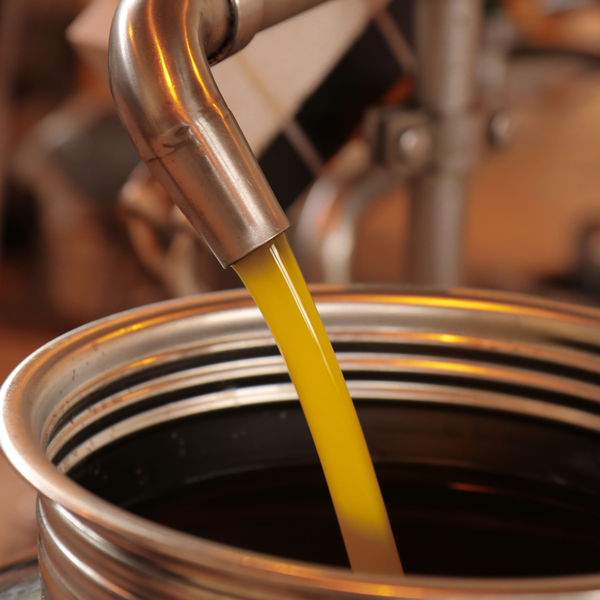
Olives from Dão
Olives from Dão
The olive, which comes from the Olea europaea tree, better known as the ‘olive tree’, is a symbol of Mediterranean agricultural tradition, with a history stretching back some 6,000 years, making it one of the oldest cultivated trees in the world.
This important fruit has an average weight of between 1.5 and 12g, and its characteristics vary according to the variety, generally consisting of 70% to 80% pulp and 20% oil.
In Portugal, olive growing came to prominence in the Middle Ages, especially promoted by the religious orders who considered olive oil to be ‘sacred oil’. Today, olive cultivation is an integral part of the national landscape and culture, with various types grown in regions such as Trás-os-Montes, Beira Interior, Ribatejo and the Alentejo.
Among the most renowned varieties are the ‘Galega’, grown in Beira Interior and nicknamed the ‘Portuguese olive’, and the ‘Cobrançosa’, grown in Beira Alta, both recognised for their distinctive characteristics, such as their intense black colour and high oil production, respectively.
In addition to these, the ‘Cornicabra’, also grown in Beira Alta, is another predominant variety, known for its wide, curved olives, which vary in colour from light green to violet.
With its many varieties and uses, the olive represents not only an ancient heritage, but also a vital part of Portuguese cuisine and identity, especially in the Dão region.
Curiosities
The ‘holy oil’
In Portugal, the vast majority, approximately 96.4 per cent, of the olives produced are used to make olive oil, while the remaining 3.6 per cent are used as table olives.
The olive tree is the symbol of abundance
There are probably more than 5,000 different types of olives in the world. For olive oil production alone, there are approximately 2,000 unique varieties.
The Fantastic World of Olives (and their flavours)
Many believe that olives are classified into just two categories: black and green. However, it should be noted that all olives start off green and gradually, as they ripen, acquire a colour that varies between purple and black.



Know our






